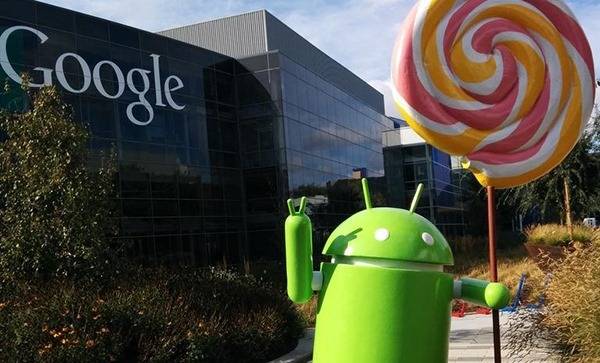
After mysteriously skipping a month, Google has finally released the figures for the distribution of Android versions across the market. Considering it practically covers the period from June 1 all the way to August 3, it’s not surprising to see some rather significant jumps in the numbers. It is encouraging to see that Android Lollipop now totals slightly more than 18 percent, demonstrating the strong adoption of the latest Android release. At the same time, downward trends in other version inspire hope in an eventual consolidation of the fragment Android scene.
From 12.40 percent in the last distribution chart, Lollipop jumped to 18.1 percent, a good 5 7 percent increase in numbers. That total covers both Android 5.0 at 15.5 percent and Android 5.1 at 2.6 percent. If the trend continues, we could see Lollipop occupy a quarter of the pie by October. That’s almost as fast, if not faster, than Android KitKat’s growth rate, which is commendable given how Android Lollipop is a more disruptive jump from KitKat than from Jelly Bean to KitKat.
Speaking of KitKat, this Android version actually grew just a bit after two or three months of shrinkage. But not by much, as it only increased by 0.1 percent in two months. We’re still seeing some devices upgrading to Android 4.4 instead of directly to 5.0 of 5.1. KitKat still however remains above the Jelly Bean brothers, with 39.3 percent over the latter’s combined 33.6 percent. All other Android versions, from Jelly Bean and earlier, are going down. All except one. Strangely enough, Froyo remains at 0.3 percent for the third time in a row.

Android distribution figures are mostly meant to be a guide for developers to see which platforms they might want to target for the most reach. It does also show the fragmentation of the Android world in terms of releases. There is hope, even if slow, that this will eventually be resolved, though probably not in the same tightly run ship as Apple’s iOS. Right now, however, the biggest concern for Android isn’t in version fragmentation but in the upgrade process that stalls the release of critical fixes like those for Stagefright.
SOURCE: Google









